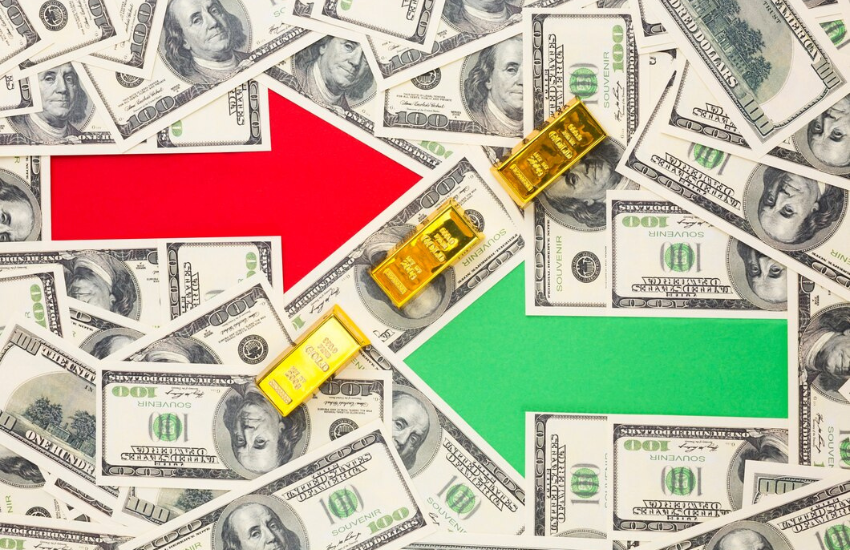
THE FOREX TRENDS
Revealing the World of Forex: Expert Analysis and Secrets of successful trading
In this article, we delve into the history of Forex, tracing its origins and evolution over time.
The modern Forex market, as we know it today, began to take shape around 1973. However, its roots can be traced back to the Bretton Woods Accord of 1944. This agreement was established to stabilize the global economy following World War II, marking the original inception of the Forex market.
In the 19th century, the gold standard system became prominent. Under this system, currencies were pegged to a specific amount of gold, and international trade settlements were conducted in gold. This system played a crucial role in standardizing currency exchange across nations.

The Bretton Woods system faced significant challenges in the 1960s and early 1970s due to economic imbalances and the escalating costs of the Vietnam War for the United States. In 1971, US President Richard Nixon announced the end of the convertibility of the US Dollar into gold, effectively terminating the Bretton Woods system. This shift led to the adoption of a floating exchange rate system, where currency values fluctuated based on market dynamics. From this point, many global currencies were pegged to the USD, establishing the Dollar as the dominant currency.
The 1990s saw remarkable advancements in technology and the advent of the internet, giving rise to electronic trading platforms. These platforms allowed individuals and institutions to trade currencies online, significantly increasing Forex trading volume and accessibility. The market became more decentralized and global, with participants worldwide engaging in currency trading.

We hope this article has provided you with a clear understanding of the history of Forex.
For more tutorials and insights into the Forex market, stay tuned to our website. If you have any suggestions or queries, feel free to contact us or leave a message in the comment section below.
Comments